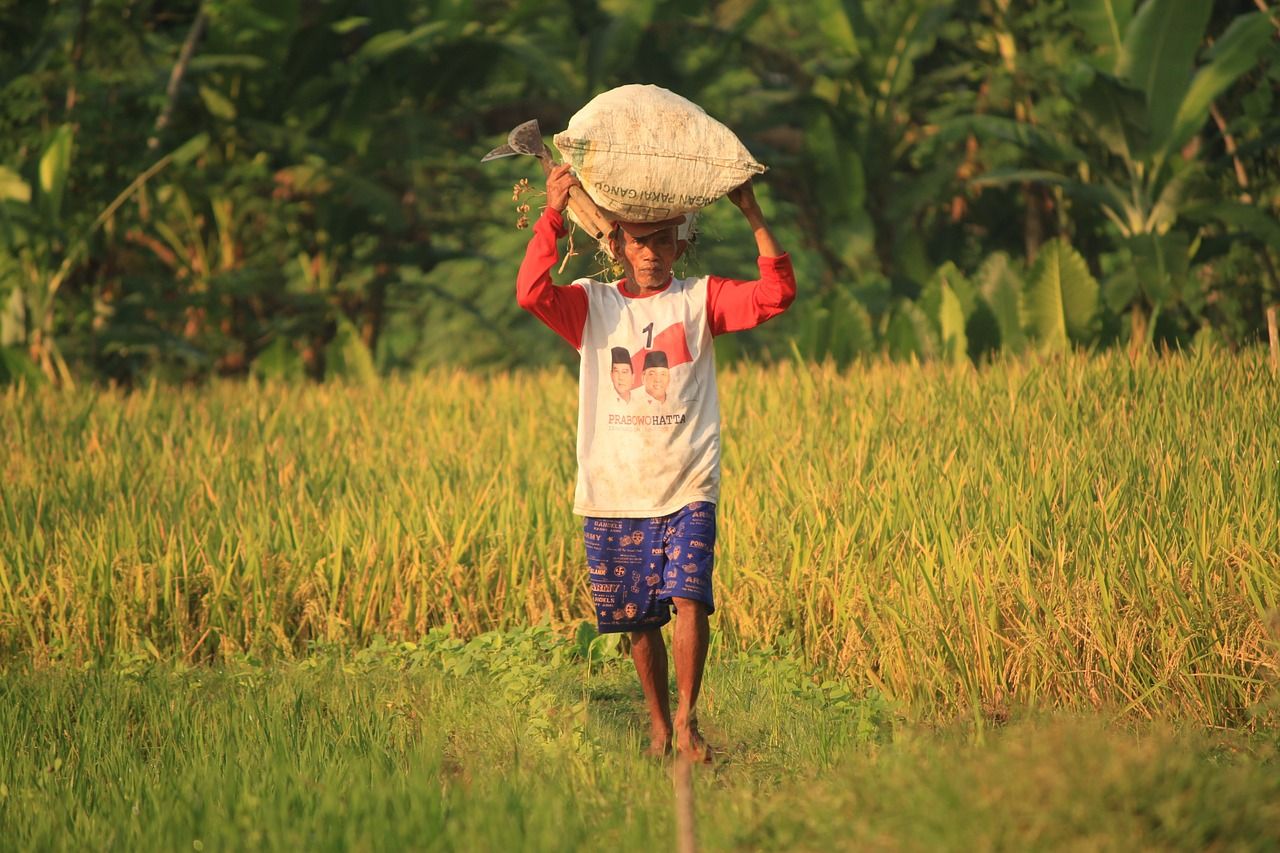Nearly one-third of the human race is malnourished, 800 million people are left hungry, and more than 50 percent of some crops never make it to the table. That’s according to the International Food Policy Research Institute’s 2016 Global Food Policy Report released last week.
The report examines major food policy developments and events over the past 12 months and looks at the key challenges and opportunities for the upcoming year.
“The Sustainable Development Goals task us all with the challenge of eradicating hunger and under–nutrition in 15 years or less,” said Shenggen Fan, IFPRI’s director general. “This report shows that if we are to meet these goals, we have a lot of work ahead. We must promote and support a new global food system that is efficient, inclusive, climate-smart, sustainable, nutrition- and health-driven, and business-friendly in order to ensure that no one goes to sleep hungry.”
Agtech to the Rescue
The report notes that a source of solutions lies in government support for innovation in agricultural technology.
“From high-tech drones for monitoring soil conditions to China’s e-commerce platforms specializing in fresh produce, such investments could help maximize yields in a sustainable way for countries facing limited land and other resource challenges,” the report reads.
According to the IFPRI, researchers have brought attention to numerous agricultural technologies that can reduce trade-offs between sustainability, food security, and nutrition. And they’ve even theorized ways to exploit synergies among them.
These solutions include nitrogen-use efficiency, heat- and drought-tolerant crop varieties, precision agriculture, and drip irrigation. Such sustainable intensification strategies are also believed to help promote soil health and sustainable land management—both key to producing a sustainable food supply.
Recent studies in Ethiopia have discovered that farmers’ participation in biofuel programs encouraged better use of fertilizers and improved farming technologies, leading to higher food crop productivity and better food security during the year.
Water Issues
In a 2016 world, nearly 85 percent of global water use goes to agricultural irrigation, and innovations such as climate-ready, GM crops can greatly reduce this amount, according to the report.
“Rice is the staple food of more than half of the world’s population and C4 rice, for example, can double water use efficiency and increase yields by almost 50 percent,” it outlines. “Unless significant changes are made in global water consumption, most people will live under severe water shortage conditions by 2050.”
Wasted Opportunities
Reducing food waste was another challenge addressed in the report. The Food and Agriculture Organization of the United Nations released the Toolkit: Reducing the Food Wastage Footprint in 2013 and surmised that often food losses can be significantly reduced simply through training farmers in best practices.
“Joining farmers together in cooperatives or professional associations can help to greatly reduce food losses by increasing their understanding of the market, enabling more efficient planning, enabling economies of scale and improving their ability to market what they produce,” it advises. “Both the private and public sectors need to increase investments to address such shortcomings; doing so will also have additional benefits for food security and mitigating climate change, land degradation and biodiversity erosion.”
The 2016 Global Food Policy Report generally agrees with this assessment and reveals most studies estimate that between 27-32 percent of all food produced never makes it to the table. This number is even higher for foods that are particularly susceptible to loss and waste such as fruits and vegetables.
The report notes that crafting a climate-smart food system will go faster if investments in technologies and policies can meet more than one goal. In other words, solutions should not only be designed to increase productivity, but must also improve food security and nutrition, all the while helping farmers mitigate or adapt to climate change.
A number of such technologies have already been identified, including zero-till farming; new crop varieties such as C4 rice; and agroforestry systems in which farmers grow trees and shrubs on their farmland. Many of these technologies and practices are suitable for smallholder farmers.
Not surprisingly, food loss and waste problems have different characteristics in developed and developing countries. For instance, in developing countries, most food is lost at the production level—so investments in infrastructure, transportation, and packing industries are key to fixing the problem. In developed countries, most food is wasted at the retail and consumer level. The report advises that consumers need to be educated about food availability and its appearance to reduce food waste.
Final Thoughts
The latest UN data show that the world’s food producers will need to produce 70 percent more food by 2050 to feed a projected world population of 9.6 billion, but with land and water resources under serious pressure already, innovative technology must be utilized to promote the efficient and productive use of these resources.
According to the report, this 70 percent increase will require substantial investment in technologies and infrastructure to raise farm productivity.
For a complete copy of the report click here.
Have news or tips? Email [email protected]




